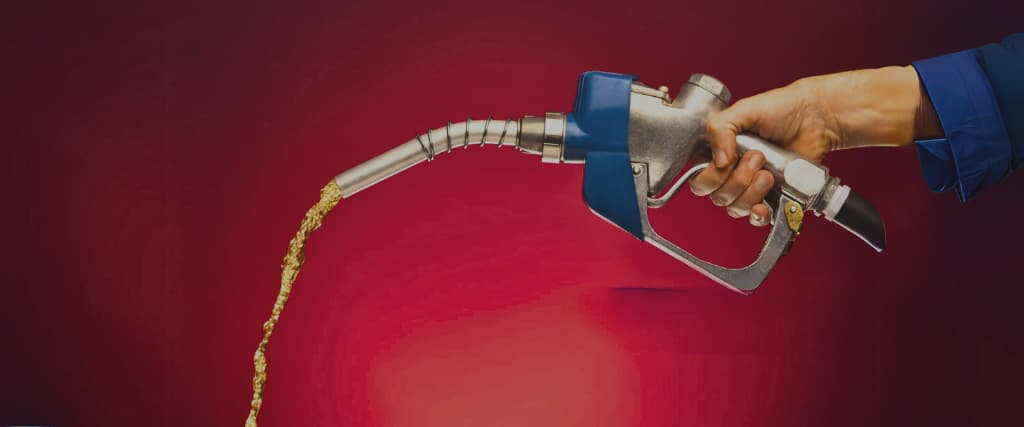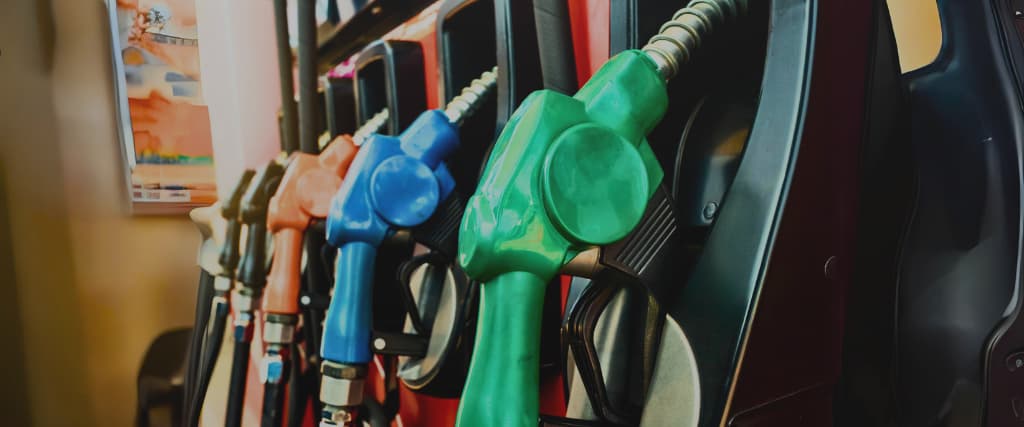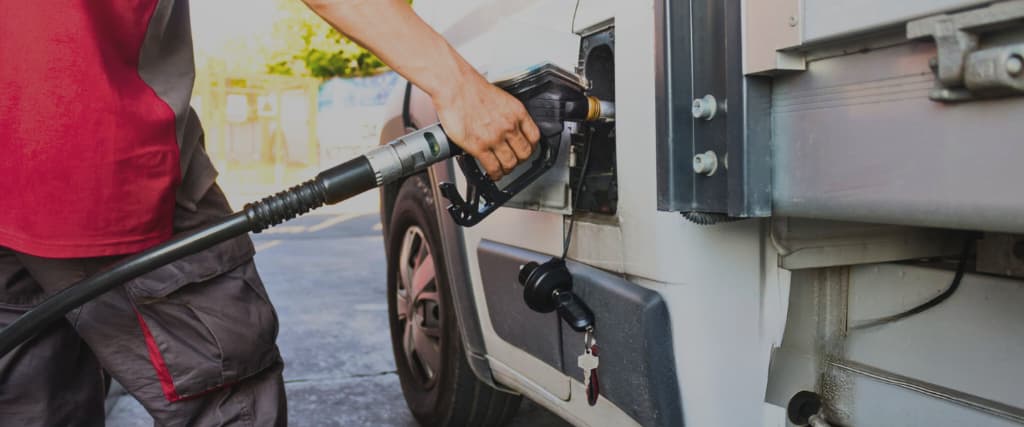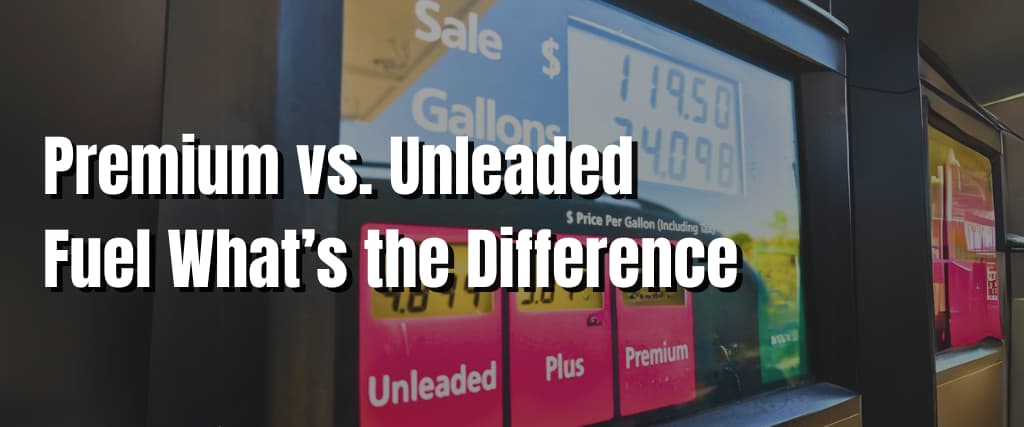One of the questions many car owners have if they do not own a super high-performance vehicle that mandates a specific type of petrol is “premium vs. unleaded fuel, what’s the difference?”
Specifically, car owners wonder whether premium petrol will bring that much of a performance increase and whether any performance enhancement from premium petrol is worth the money.
Here are some answers if you are one of those car owners wondering if you should start filling up with premium versus regular unleaded petrol. By the time you reach the end of this article, you will have a better understanding of them both.
Octane Makes the Difference
The difference between premium petrol and regular unleaded is the octane rating. Premium petrol has a lot higher octane than regular petrol. That helps manage the efficiency of the vehicle.
What Is Octane?

Octane is “a colorless flammable hydrocarbon of the alkane series, obtained in petroleum refining.” Octane ratings translate into a measure of fuel stability. An octane rating indicates the pressure needed to make fuel spontaneously combust (auto-ignite).
The octane number on petrol is the average of two numbers: Motor Octane Rating and Research Octane Rating. The difference in the numbers is the criteria for each pertaining to the operating conditions a combustible fuel gets tested (in research versus real-road conditions).
What Does Octane Do?
The higher the octane number, the more stable the fuel is under pressure. The lower the octane number, the more combustible the fuel is under pressure. If a fuel combusts under pressure too early, it can cause an engine to misfire and damage the engine.
Premature burning contributes to “engine knock.” Engine knock is a vehicle’s sound if the fuel combusts too early before a spark plug ignites it. Fuel igniting too early affects an engine’s compression, power, and efficiency. Higher octane fuels combust at higher temperatures and under higher pressure, maximizing power and efficiency.
Australian Octane Ratings
In Australia, the top rating for octane in fuel is 98, which qualifies as premium unleaded petrol. Fuel rated at 95 octane also is considered premium, although not as good as the 98-rated fuel. Regular unleaded petrol has an octane rating of 91.
It is important to understand the number ratings because there are no standard octane naming requirements. Different companies call different levels of octane in fuel different names. These companies treat them like they are different products altogether, which means even the higher octane fuels will have different names. For example, some companies name their fuel as follows:
- Octane Rating 91: Regular Unleaded
- Octane Rating 95: Super Unleaded
- Octane Rating 98: Premium Unleaded
In reality, while a fuel rated 95 has a higher octane level than a fuel rated 91, both are considered lower octane fuels. Both ignite at lower temperatures and pressure, even though 95-rated fuel does so at higher temperatures and pressure. 98 is the only “high octane” fuel suitable for exceptionally high-performance engines.
What Octane Level Works With What Cars?

Generally, older cars can handle any fuel. For this article, “older cars” include any vehicle manufactured earlier than 20 years ago unless specified by the manufacturer. Some older vehicles will run best on higher octane fuel, although it is rare to find a manufacturer that recommends 98 octane in an older vehicle.
In addition, vehicles with standard compression requirements will work fine on any octane-level fuel. Most vehicles on the road will do fine with 91-rated fuel, but using higher octane fuel will not hurt them.
Vehicles that have newer engines with higher compression ratios or those that are turbocharged do better using the higher octane fuels.
Exceptionally high-performing vehicles should only use 98 octane.
Manufacturer’s Recommendations
One word of warning: You should disregard this advice if your vehicle manufacturer recommends you use a certain type of fuel. Manufacturers recommend octane levels based on the compression ratios of the engines they make or install into their vehicles. Not using the octane level recommended can negate certain warranties in super high-end vehicles.
Computers Change Everything
Almost all new vehicles have a highly technical, amazingly capable computer system that helps manage the vehicle’s performance.
One such feature is the Electronic Fuel Injection System (EFI.) The EFI can detect engine knocking and adjust the ignition timing on the spark plug to stop the knocking and prevent it from happening. The tradeoff from using this system is that you will experience reduced power and lower fuel economy.
The upside to this system is that all but high-performance vehicles can get away with using lower octane fuel occasionally if higher octane fuel is not available with no risk to the engine. This feature should be avoided if possible and only used in an emergency.
Petrol Particulate Filters (PPFs)
Some Australian vehicles have the PPF, which filters out harmful emissions and pollution particulates. These vehicles need higher octane fuel. The risk of not using higher octane fuel is potential serious damage to the engine and exhaust system.
So, What Should You Use?

If you are driving a standard vehicle, your best bet is to use 91-octane-rated fuel or 95-octane-rated fuel if you are looking for a slight performance boost. A good idea if you are unsure is to test your vehicle using 95-octane-rated fuel and see if you notice any performance differences in:
- Power
- Acceleration
- Fuel Efficiency
If you do, you may want to consider switching to 95-octane-rated fuel or continue using it. If not, you might want to save some money and go with 91-octane-rated fuel.
Only use what your manufacturer recommends if you have a super high-end vehicle. If it is an emergency, you can use 95 octane-rated petrol, but you should stick to what your vehicle manufacturer recommends as much as possible.
Final Thoughts
The primary guide to what octane level petrol you use in your vehicle should be what your manufacturer recommends, especially for upper echelon vehicles. For others, new vehicles can use 91 or 95. High-end users should use 98 unless they have no other choice.


